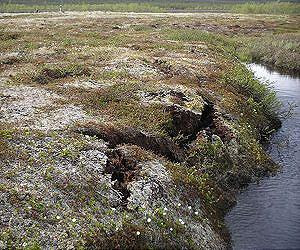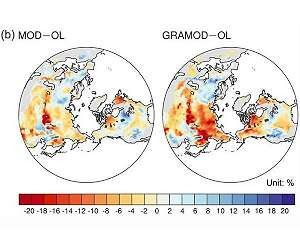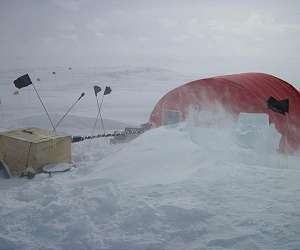Making spines from sea water
 Rehovot, Israel (SPX) Dec 06, 2016 -
Some sea creatures cover themselves with hard shells and spines, while vertebrates build skeletons out of the same minerals. How do these animals get the calcium they need to build these strong mineral structures?
Professors Lia Addadi and Steve Weiner of the Weizmann Institute of Science's Structural Biology Department asked this question about sea urchins, which need to extract quite a f ...
more
Rehovot, Israel (SPX) Dec 06, 2016 -
Some sea creatures cover themselves with hard shells and spines, while vertebrates build skeletons out of the same minerals. How do these animals get the calcium they need to build these strong mineral structures?
Professors Lia Addadi and Steve Weiner of the Weizmann Institute of Science's Structural Biology Department asked this question about sea urchins, which need to extract quite a f ...
more

















